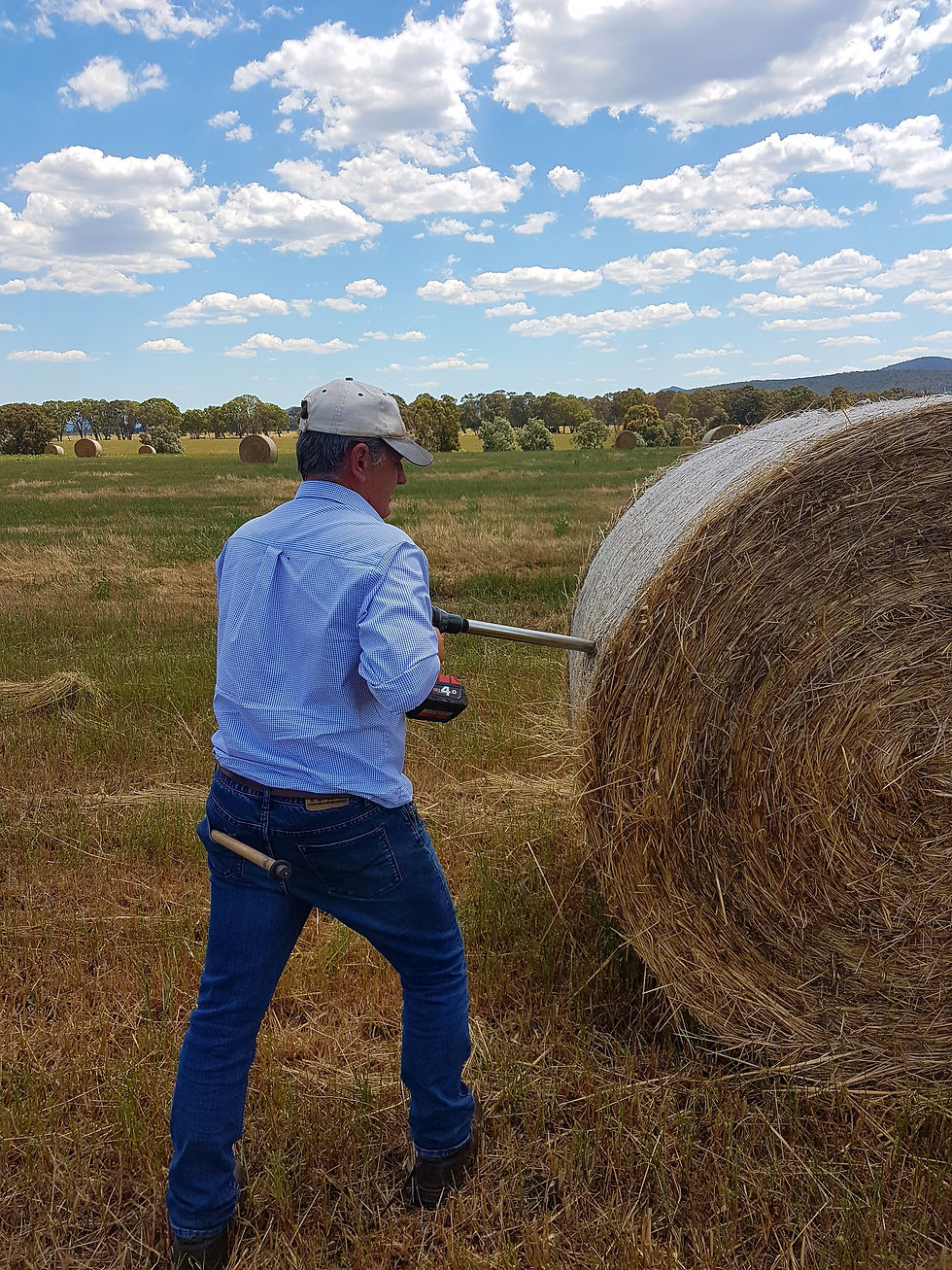GRAZING SUMMER CROPS
- Rebecca Thorn

- Nov 3, 2021
- 2 min read
Whether it is part of your pasture rotation or a designated crop to “finish’’ animals on, many farmers this year have planted forage brassica, turnips, and herbs.
Normally we would see people wait for the crop to mature, then round up a mob of sheep/lambs or cattle and push them in and shut the gate and away we go. If we are lucky, they might get a bale of hay.
Planting summer crops is a costly exercise, but what can be done to make sure that your animals are making the most out of it?

The animal requires a feed source or ration that is balanced however they will normally only select for water, salt, and energy. This means that the first 2 weeks they are in the paddock they eat the leaf tips and then the following 2 weeks they eat some leaf and stem, then the last 2 weeks they graze stem only, ‘cos that is all that is left.
In the first 2 weeks, the leaf tips are full of protein and have little fibre; in the middle two weeks, the ration is better balanced; and in the last 2 weeks; the stems are high in fibre and the animals don’t have enough energy.
So what management strategies can we put in place to help make the ration as balanced as we can?
Strip/ Block Grazing
We need the animals to eat more of the “whole” plant in one sitting. The leaf, stem, and in some cases the bulb will pro-vide more of a balanced diet than a leaf only pick. The is largely due to the bugs in an animal’s guts will thrive on a constant stream of nutrients that are balanced to optimise growth and/or production. Another benefit of strip/block grazing includes back fencing once the animals have left so that the area allows the plant regrowth potential to order to have something on offer in the next rotation.
Feeding an Energy Source
With most summer crops being extremely in high crude protein %, the addition of extra energy will be required for the animal to utilise all that available protein, as excess protein results in lost energy. Feeding a small amount of cereal grain, as a starch and energy source, will help the animal convert the protein that would be unavailable without the addition of an extra energy source.
Salt and minerals
Crops that are very digestible by the animal will limit the amount of minerals that the animal will be able to extract before it turns to manure. Adding a tub of TPM loose-lick minerals will help keep animals nutritionally balanced. On crops, we can see some negative mineral interactions and some deficiencies occur that limit stock performance - remembering that Zinc is an important requirement while grazing brassica.
For more information on balancing your summer crops this season, contact your local TRAC Expert to discuss the best strategy for your farm by calling 08 8733 1888.
Our Consultants
EXPERTS IN RUMINANT PRODUCTIVITY
Mark Facy
0427 243 320
Owen Rees
0429 437 823
Mikaela Baker
0457 243 319
To download a copy of this article, please click the link below...




Comments